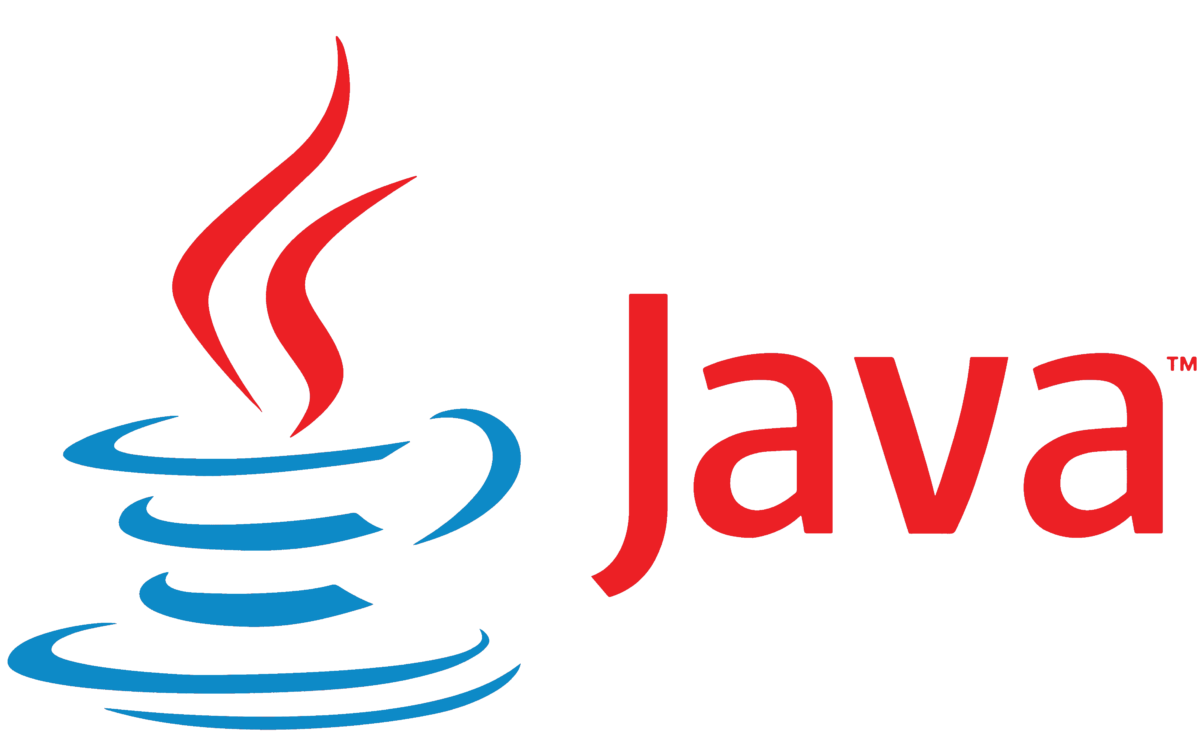Category: Java

What’s the difference between Concurrency and Parallelism?
 Natan Ferreira
Natan Ferreira- 0
- 44
Concurrency and Parallelism are important concepts for bringing more efficiency to software, but they do not mean the same thing. A software application can handle multiple tasks, and the way these tasks are processed differs in each concept. Concurrency Imagine the scenario where we have a software that needs to process multiple tasks, such as…
Read More
How to create a custom repository in Spring Data JPA?
 Natan Ferreira
Natan Ferreira- 0
- 115
Spring Data JPA is great for abstracting away boilerplate code when accessing the database. It allows us to create query methods by simply defining method signatures. But sometimes, we need more complex or dynamic queries — and that’s where custom repositories come into play. In this post, I’ll show how to create a custom repository…
Read More
What is Spring Data JPA?
 Natan Ferreira
Natan Ferreira- 0
- 128
Spring Data JPA is a module of Spring Data that simplifies the implementation of repositories. It provides an automatic way to create repository implementations based on Java interfaces, eliminating the need to manually write the repository implementation. To make this work, you need to create an interface using the @Repository annotation and extend JpaRepository. The…
Read More
How to avoid NullPointerException in Java using Optional?
 Natan Ferreira
Natan Ferreira- 0
- 134
Optional was introduced in Java 8 as a way to handle potentially null values more safely and expressively. It helps to avoid NullPointerException and makes the code more readable. Hands on Creating an Optional Optional can be created in several ways: Printing the results will show the following output. Checking for Value Presence Optional provides…
Read More
What is algorithm complexity?
 Natan Ferreira
Natan Ferreira- 0
- 106
Algorithm complexity is a fundamental concept in computer science, used to measure the efficiency of an algorithm in terms of execution time and memory usage. By analyzing complexity, we can predict how an algorithm behaves as the input size increases, allowing us to choose more appropriate solutions for different problems. How do we measure it?…
Read More
How do @PostConstruct and @PreDestroy annotation work in java?
 Natan Ferreira
Natan Ferreira- 0
- 163
Methods annotated with @PostConstruct and @PreDestroy are commonly used in the lifecycle of beans managed by the container, such as in frameworks like Spring or Quarkus. An example of their use is opening and closing database connections. If you want to know more about Bean management in Spring, don’t hesitate to read this post. @PostConstruct…
Read More
How do functional interfaces work in Java?
 Natan Ferreira
Natan Ferreira- 0
- 205
Functional Interfaces are a fundamental concept in functional programming introduced in Java 8. They are interfaces that have exactly one abstract method, allowing the use of lambda expressions and method references to make the code more concise and readable. They can be used in Streams, for example, and promote code reuse. We can find several…
Read More
What is Shallow Copy and Deep Copy in Java?
 Natan Ferreira
Natan Ferreira- 0
- 187
When developing software, there may be situations where it is necessary to create copies of objects to prevent unwanted behaviors, whether to avoid different parts of the system modifying the same object or for any other reason that prevents undesired behavior. Java provides the Cloneable interface, which allows object copying. There are two types of…
Read More
What is Factory Method?
 Natan Ferreira
Natan Ferreira- 0
- 218
The Factory Method is a creational design pattern that provides an interface for creating objects in a superclass but allows subclasses to alter the type of objects that will be created. In addition to the use of polymorphism, it is possible to create either ProductA or ProductB, depending on which factory is being used. The…
Read More
Why use Abstract Classes in Java?
 Natan Ferreira
Natan Ferreira- 0
- 175
Abstract classes in Java are templates that cannot be instantiated directly and may include abstract methods (without implementation) and concrete methods (with implementation). They are used to define common behaviors that subclasses must implement while sharing reusable code. Abstract methods act as placeholders, enforcing a contract that subclasses must fulfill. Let’s look at an example.…
Read More